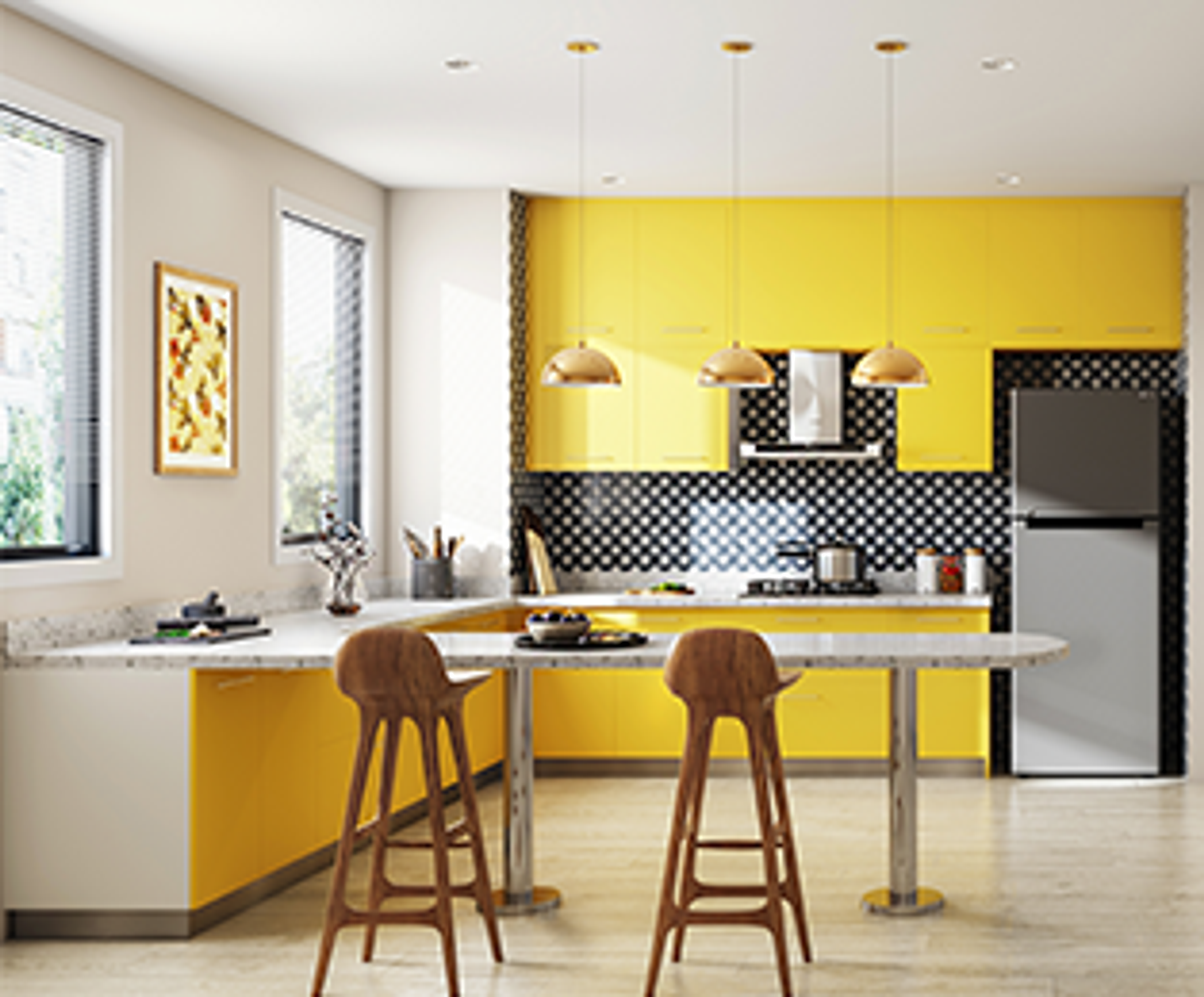Renowned Architecture Firm specializing in modern structures.
Renowned Architecture Firm specializing in modern structures.
Blog Article
Transform Your Home With Vital Principles of Interior Decoration and Appearances
By recognizing the effect of color concept and the relevance of structure and patterns, one can create rooms that are not only visually attractive however also deeply individual. Accomplishing this equilibrium entails more than simple decoration; it incorporates a tactical setup and a keen understanding of just how each aspect connects within a room.
Recognizing Color Concept
Recognizing the principles of color concept permits designers to produce rooms that resonate mentally with owners while fulfilling practical demands. Each group plays an essential function in developing consistency within a space.
The emotional influence of colors is profound; warm tones such as reds and oranges stimulate energy and warmth, while great tones like blues and environment-friendlies promote calmness and serenity. Additionally, using corresponding colors enhances visual rate of interest, producing striking contrasts that can boost an area's allure.
Neutral colors, on the other hand, act as a flexible background, enabling other layout elements to beam. It is necessary to take into consideration aspects such as lights and the area's purpose when selecting a color palette, as these can alter the perception of colors throughout the day.
Ultimately, a well-considered color system can change a room, promoting a sense of comfort and style that straightens with the citizens' choices. Proficiency of color theory is, therefore, a vital ability for any type of interior designer intending to produce harmonious and inviting settings.
Accomplishing Balance in Design
Just how can developers achieve a feeling of stability in their areas? Achieving balance in style is fundamental to developing unified interiors. Developers can use three key kinds of balance: balanced, unbalanced, and radial. Symmetrical equilibrium includes arranging components uniformly around a main point, fostering a feeling of order and serenity. This kind commonly features sets of furniture or art work, enhancing aesthetic stability.
Asymmetrical equilibrium, on the other hand, depends on varying aspects that still attain a cohesive appearance. This approach enables even more dynamic and casual arrangements, supplying passion while maintaining equilibrium. By carefully selecting differing sizes, shades, and appearances, developers can develop a visually engaging room that feels well balanced yet energised.
Radial balance highlights a main centerpiece with aspects emitting outward. This style is frequently seen in round layouts, where furniture and decoration develop a cohesive surround that draws the eye inward.
Inevitably, achieving balance needs thoughtful factor to consider of range, percentage, and the relationships between elements. luxury interior design. By skillfully applying these balance principles, designers can transform areas right into atmospheres that really feel both cosmetically pleasing and functionally harmonious, enhancing the overall experience for residents
Value of Spatial Recognition

An eager feeling of spatial awareness allows designers to identify prime focus within a room, directing the customer's interest to crucial attributes while keeping a total feeling of unity. It additionally assists in the critical positioning of lights, which can significantly affect the assumption of room and mood. Recognizing spatial connections allows the designer to provide to the certain requirements of residents, guaranteeing that each location offers its designated objective without jeopardizing appearances.
Inevitably, spatial recognition is vital for optimizing the capacity of any indoor area. By thoroughly thinking about the interaction between dimensions, format, and function, developers can create settings that not just meet sensible demands yet likewise stimulate useful site a sense of convenience and charm, enhancing the general living experience.
Incorporating Appearance and Patterns
Welcoming a varied range of appearances and patterns can considerably boost the visual and responsive appeal of an interior room. The tactical use various products-- such as wood, steel, material, and stone-- produces deepness and interest, making a room feel a lot more inviting and dynamic. Incorporating smooth surfaces with rough structures can develop a balance that draws the eye and engages the detects.
When including patterns, consider both range and repeating. Huge patterns can work as focal points, while smaller, refined layouts can enhance various other elements without overwhelming the area. Layering patterns, such as pairing flower paddings with striped throws, includes complexity and a sense of consistency if implemented attentively.
It is additionally crucial to keep a cohesive color combination, guaranteeing that structures and patterns function together as opposed to complete for focus. By choosing a few essential structures and patterns, you can produce a combined aesthetic that mirrors your individual style while enhancing the total setting of the space. Eventually, the see this site mindful unification of these aspects can change an ordinary space right into an innovative atmosphere rich with personality and warmth.
Personalizing Your Room
Creating a room that shows your personality is essential to attaining a truly welcoming atmosphere. Personalization in interior decoration permits you to infuse your distinct style and passions into your home, changing it from a simple sanctuary into a sanctuary that talks to who you are. Begin by picking a color scheme that resonates with your feelings-- strong tones can invigorate, while soft tones provide peace.
Integrate art work and design that mirror your passions, whether it be traveling, nature, or abstract concepts. Showing personal collections, such as books, pictures, or souvenirs, can stimulate valued memories and produce focal factors within a room. In addition, consider personalizing useful pieces, like upholstered furnishings, to align with your aesthetic preferences.

Final Thought
In conclusion, the makeover of a home through the vital concepts of interior decoration and appearance necessitates a detailed understanding of shade concept, balance, spatial awareness, structure, and customization. Each component adds significantly to creating an unified and useful living setting - miami interior design. By thoughtfully integrating these principles, individuals can improve the visual appeal and emotional resonance of their spaces, ultimately fostering a home that reflects unique identities while view it now supplying convenience and functionality
Report this page